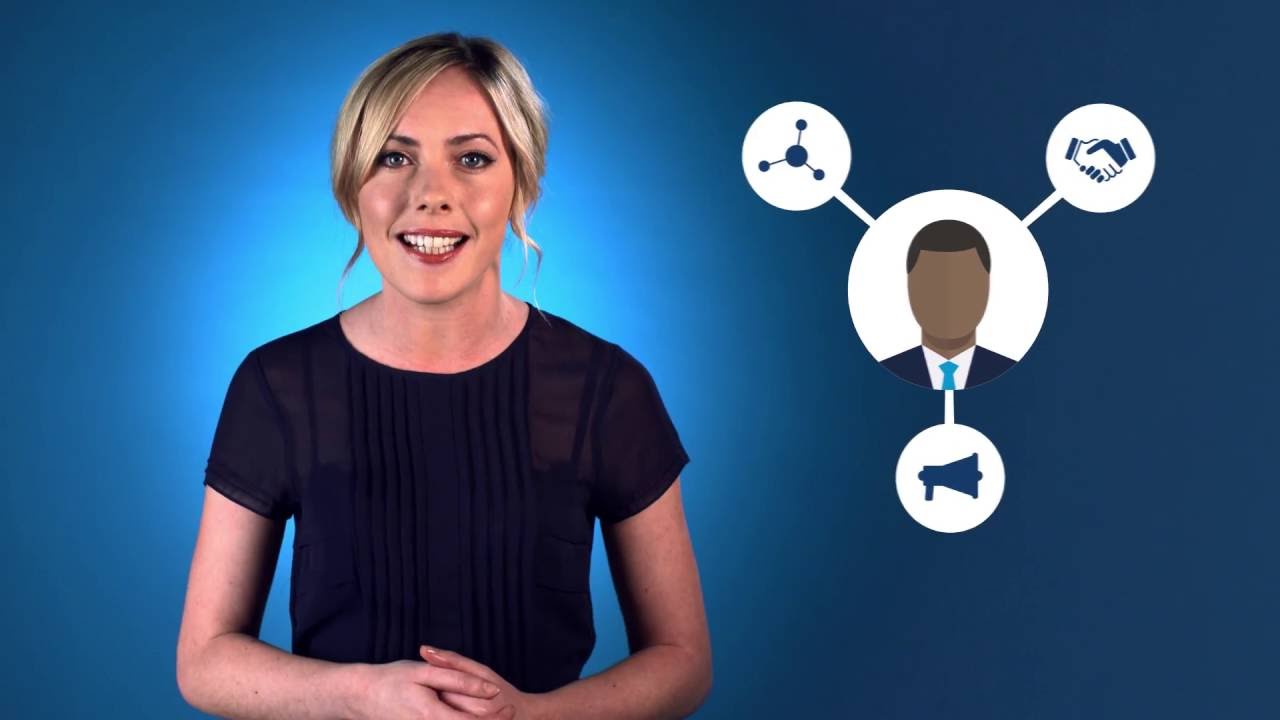Learning how to develop leadership skills can be vital to improving your company’s performance. While it is natural for people to desire power, prestige, and a spot at the top of an organization, these are all too rare for the average person. Unfortunately, leaders who abuse their power and position are disliked by everyone in the company, including their own employees. On the other hand, if a leader makes wise decisions, cares for the people beneath them, and treats them with respect, they will likely remain at the top for many years to come.
In general, those with good leadership traits tend to be honest, hardworking, courteous, and ethical. These traits are natural leaders’ best attributes. However, identifying high-level talents, identifying the best ways to develop those talents, and then focusing on developing those talents has been a standard practice in corporate business for decades. In recent times, however, there has been an increasing focus on training executives and employees to become more effective leaders themselves. Today, training programs focus more on cultivating and improving leadership potential than training specific skills.
Developing leadership potential begins with understanding what makes a good leader. Most people identify potential leaders by observing how leaders interact with others or by reading about successful leaders. There are four primary types of leadership: participative, authoritative, comprehensive, and consultative. The type that a leader exhibits depends largely on how they are perceived. For instance, a proactive leader will work to ensure that everyone knows their goals and objectives, will listen to concerns from team members, provide clear feedback, make good decisions, and have good interpersonal skills.
There are five primary components to learning how to get started on the leadership journey. The first step is becoming a true leader, which involves becoming capable of effectively communicating with others. You need to be able to build meaningful relationships with people from all different walks of life. You need to be empathetic and have a genuine concern for their needs and feelings.
The second step towards leadership development is learning how to be a good leader yourself. This includes being able to delegate responsibilities, knowing when and how to delegate those responsibilities, managing productivity, inspiring others, providing a good working environment, inspiring people to be effective team players, and motivating team members. Good leaders learn how to make the most of their time, how to delegate tasks, how to improve their own productivity, and how to motivate team members. They also learn how to develop good working relationships. Good leaders develop emotional intelligence, social intelligence, and understanding of how to get the most out of their team members.
The third step towards getting started on the leadership journey is learning how to use your soft skills effectively. These skills include being a great listener, a great host, a good facilitator, an effective organizer, an effective planner, an effective communicator, and a great connector. These soft skills will allow you to connect with people on a personal level, develop trust, compassion, respect, and credibility.
The fourth step in developing leadership skills is getting started on a personal leadership mission. This could be an education in an organization or a volunteer role, or even taking a course at a community college or local university. When you take this important step, you will be focusing on becoming an effective leader.
The fifth step in becoming a leader is to be willing to put yourself in the shoes of others so that you can better understand how they make decisions. Learning how others think will help you become a more effective leader. There are two schools of thought about how leaders should make decisions. Some leaders believe they should make decisions on their own and ignore the advice of their followers. Others believe that leaders should listen to their followers and then make a decision based on what they hear, see, and feel.
